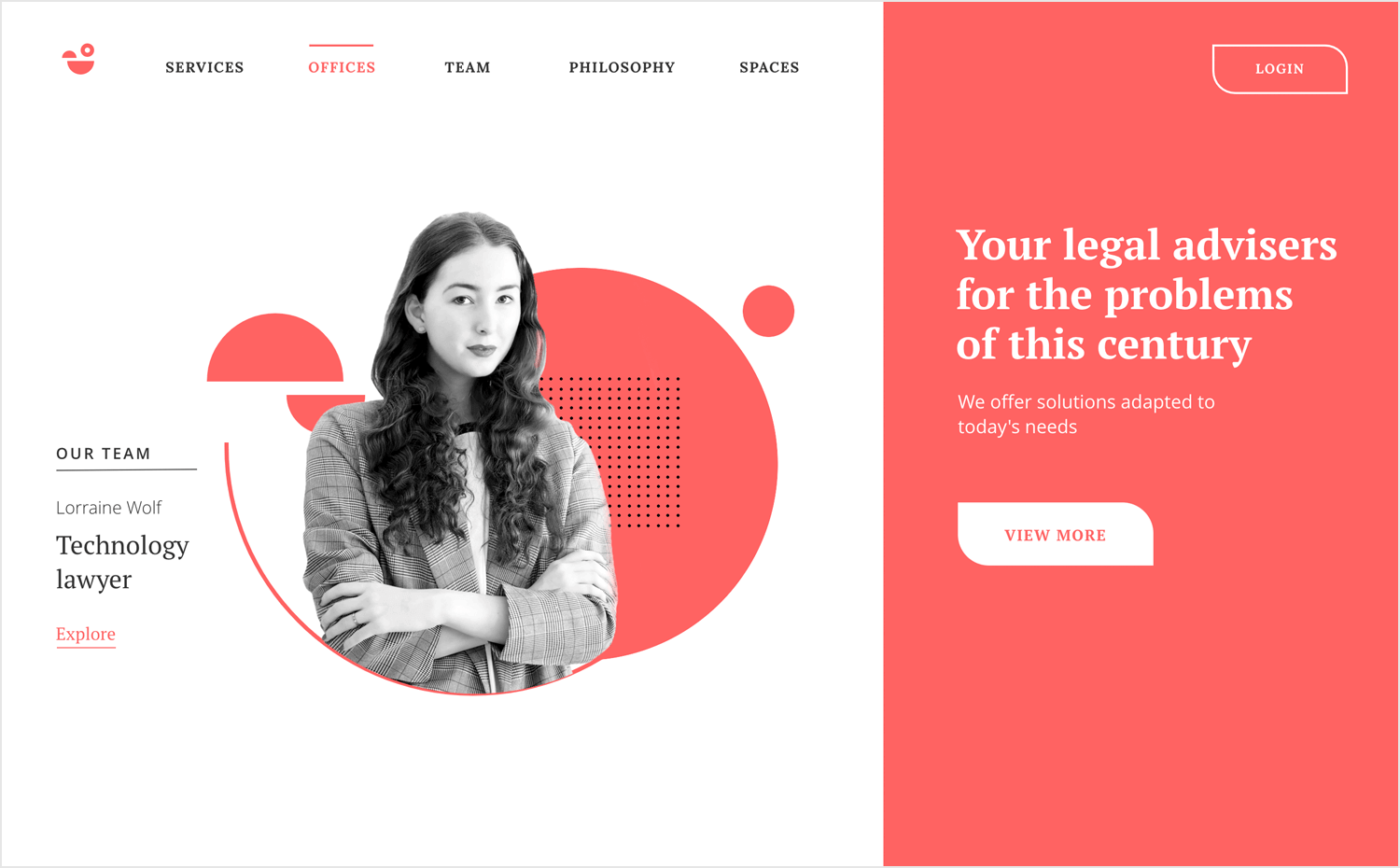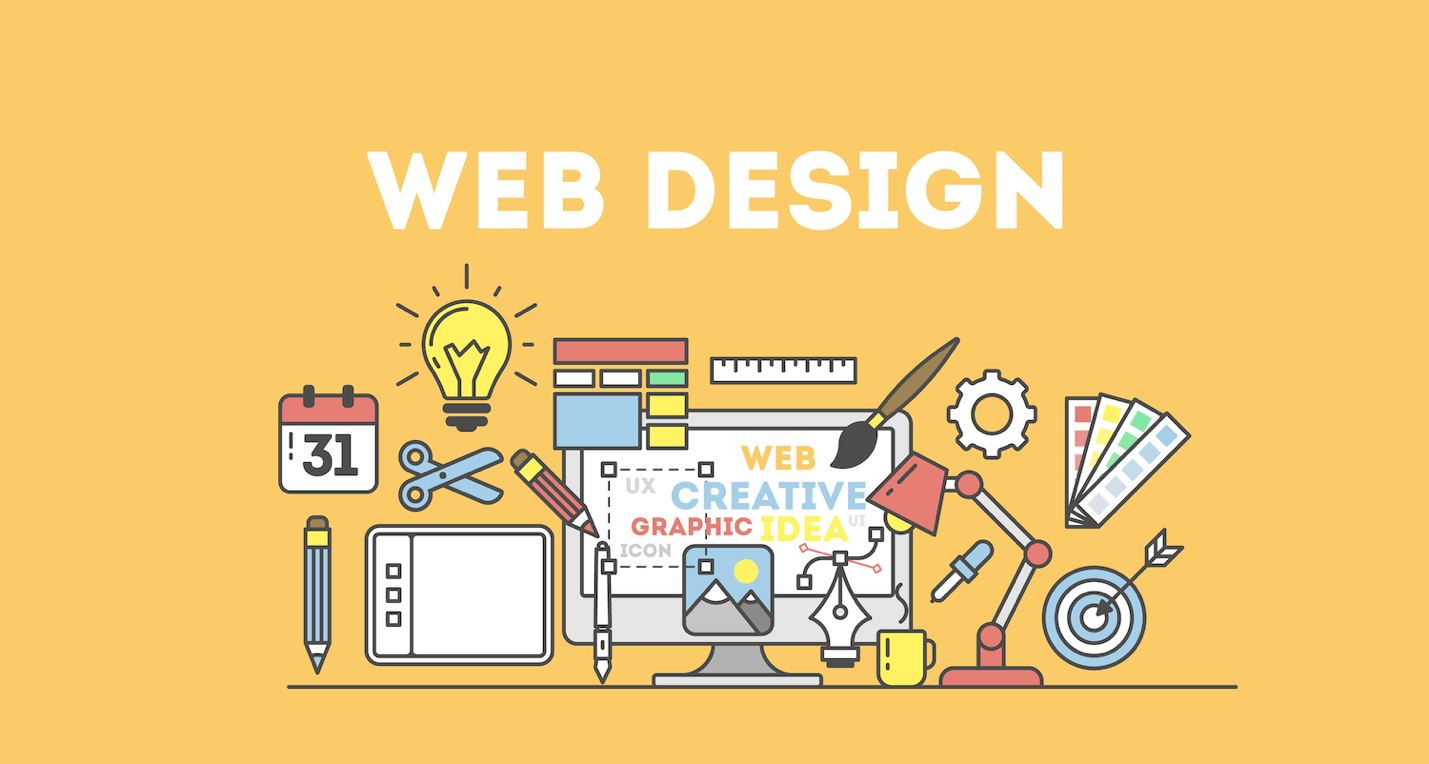Reasonably-Priced and Top-Tier Website Design for Small Business Owners
Top Tips for Producing an Impactful Internet Site Layout That Converts
In today's digital landscape, the relevance of an impactful web site layout can not be overstated, especially when it concerns converting visitors into clients. To accomplish this, one have to take into consideration a variety of factors, including understanding the target audience, prioritizing user experience, and optimizing for mobile systems. Moreover, the strategic use compelling call-to-actions and a well-defined visual pecking order plays an important function in assisting individuals with their journey. As we check out these important elements, it becomes noticeable that the success of your internet site rests on greater than just aesthetic appeal; it requires a thoughtful approach to layout and performance.
%20%5B60%25%5D.jpg)
Understand Your Target Market
Comprehending your target audience is basic to reliable web site design, as it prepares for developing an appealing user experience. Identifying who your individuals are, including their demographics, preferences, and behaviors, makes it possible for developers to tailor the site's content, layout, and functionality to fulfill specific requirements.
Conducting thorough marketing research is important in this procedure. Surveys, meetings, and analytics can offer beneficial insights right into user assumptions and discomfort points. By compiling this information, designers can produce user identities that stand for different sections of the target market, making sure that design decisions are educated and relevant.
Additionally, recognizing the target audience assists in picking appropriate style components such as color design, typography, and images that reverberate with users. A site that talks straight to its audience fosters a sense of link and trust fund, encouraging longer check outs and greater conversion rates.
Ultimately, a user-centered method to website style not just improves individual satisfaction however likewise sustains organization objectives by driving engagement and loyalty. By prioritizing the requirements and preferences of the target market, an internet site can properly offer its purpose and achieve desired outcomes.
Prioritize User Experience
To enhance the overall efficiency of a web site, focusing on individual experience (UX) is necessary (Website Design). A properly designed UX makes certain that site visitors can browse the website effortlessly, discover information rapidly, and engage with content meaningfully. This leads to increased user satisfaction and greater conversion prices
Begin by carrying out user-friendly navigation. Menus ought to be realistically structured, allowing users to situate vital locations of the site with minimal initiative. Uniformity in style components, such as color design and fonts, cultivates knowledge, which is vital for preserving user engagement.
In addition, think about the loading rate of your web site. A delay of simply a couple of seconds can bring about substantial drop-offs, as individuals are much less most likely to wait for a slow-loading web page. Enhancing pictures and maximizing code can improve performance and preserve visitors.
Moreover, clearness in material presentation is important. Usage concise, appealing language and separate text with visuals to enhance readability. By focusing on user experience, you not only produce a more satisfying setting for visitors however additionally reinforce your brand's integrity. Ultimately, a focus on UX is an investment in the lasting success of your internet site.
Optimize for Mobile Gadgets
Enhancing for mobile gadgets is vital in today's electronic landscape, where a raising number of users access sites with mobile phones and tablet computers. A mobile-friendly style not only improves individual experience however likewise plays a considerable function in improving search engine rankings. To achieve this, it is vital to embrace a responsive style that automatically adapts to numerous display dimensions and positionings.

Packing speed is an additional important aspect; mobile users are typically much less client and expect quick access to details. Enhance images and utilize web browser caching to improve efficiency. Finally, examination your site on multiple gadgets and screen resolutions to recognize and correct any kind of prospective usability problems. By focusing on mobile optimization, you ensure that your web site remains affordable and effectively engages a more comprehensive audience.
Use Compelling Call-to-Actions
An internet site's effectiveness typically pivots on its capacity to guide visitors toward preferred actions, making compelling call-to-actions (CTAs) necessary parts of design. CTAs act as the essential factors that route users to engage with the site, whether that implies making an acquisition, enrolling in an e-newsletter, or downloading and install a resource.
To create effective CTAs, clearness is vital. Usage succinct language More about the author that plainly connects the activity you desire the customer to take. Expressions such as "Obtain Begun," "Subscribe Free," or "Store Now" not just share necessity yet additionally eliminate ambiguity. The placement of CTAs is equally important; they should be strategically positioned throughout the webpage to ensure they are easily noticeable, specifically in high-traffic locations.
In addition, think about using directional signs, such as arrows or images, to assist users towards these buttons. By concentrating on these aspects, businesses can dramatically improve customer interaction, driving conversions and ultimately attaining their site's objectives.
Concentrate On Visual Power Structure
Efficient internet site style counts heavily on a well-structured aesthetic hierarchy that guides customers with web content perfectly. By arranging elements in a way that focuses on information, developers can enhance individual experience and promote decision-making. This involves making use of size, color, comparison, and spacing purposefully to draw interest to one of check the most vital parts of a webpage.
Using bigger fonts for headings and subheadings establishes a clear difference in between different sections, enabling customers to check content effortlessly. Furthermore, using contrasting colors for switches and calls-to-action can record customer attention and motivate communication. Whitespace is an additional essential element; it stops mess and makes it possible for users to concentrate on essential messages without diversions.
Photos and graphics need to complement the text while also adhering to the well established pecking order, enhancing the total message (Website Design). Uniformity their website in layout aspects, such as color schemes and typography, further strengthens the visual hierarchy, making navigation intuitive

Verdict
In verdict, reliable web site style requires a detailed understanding of the target audience, prioritization of user experience, and mobile optimization. The strategic usage of engaging call-to-actions and a distinct visual hierarchy further boosts customer interaction. By executing these principles, websites can attain higher conversion rates, ensuring that layout aspects not only bring in site visitors however also promote seamless navigation and interaction. Eventually, a well-executed site layout works as an important component in driving customer actions and accomplishing company objectives.